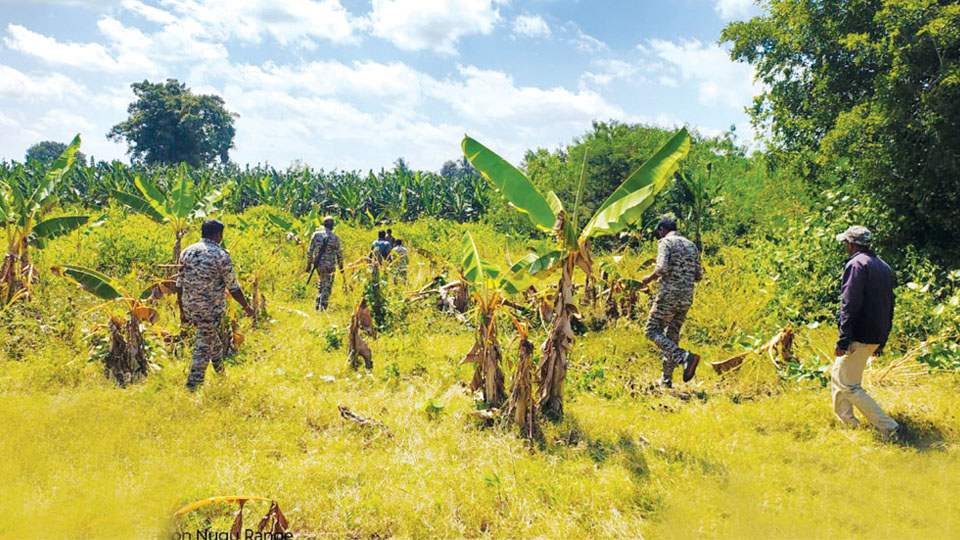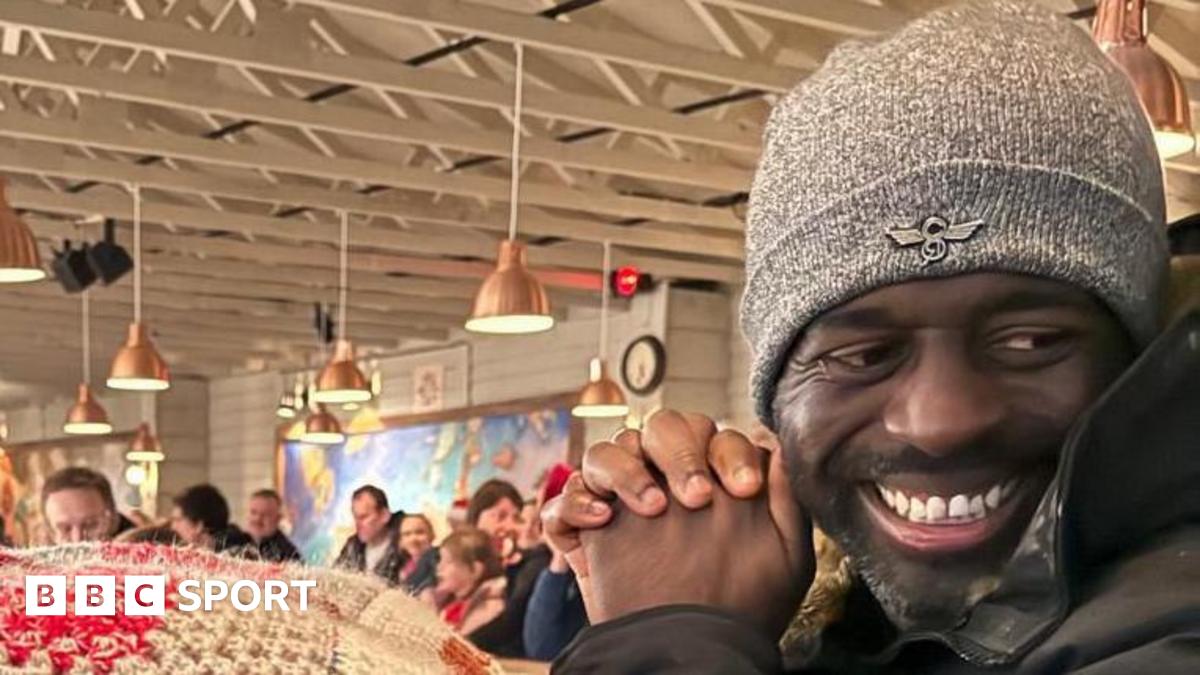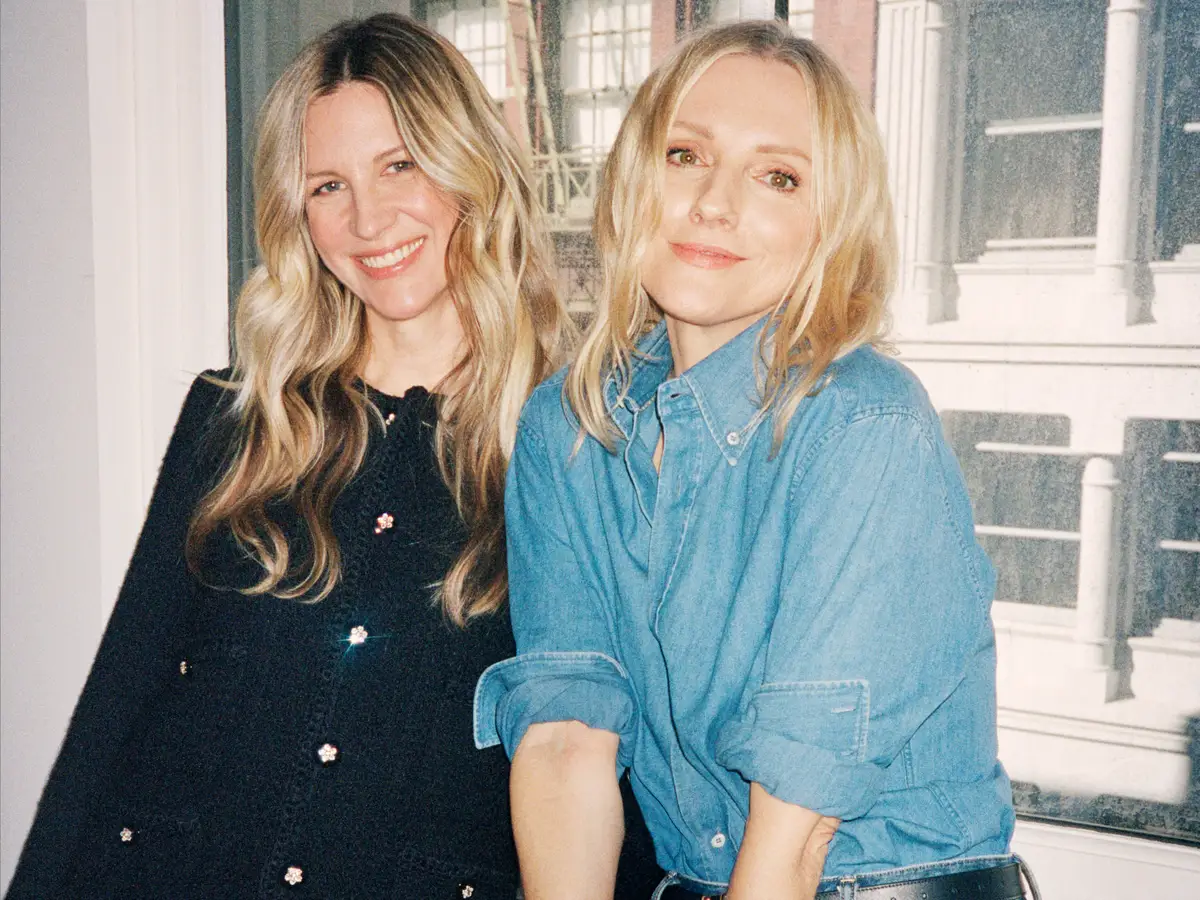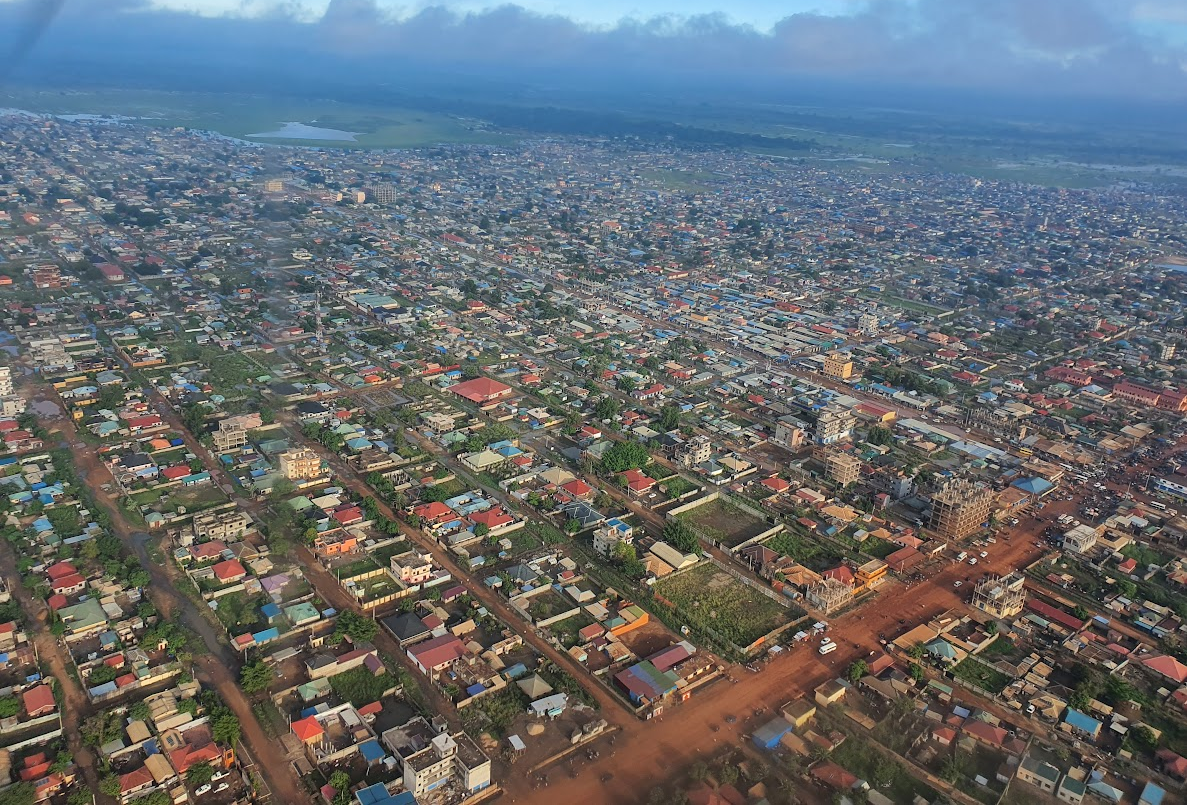Copyright jowhar
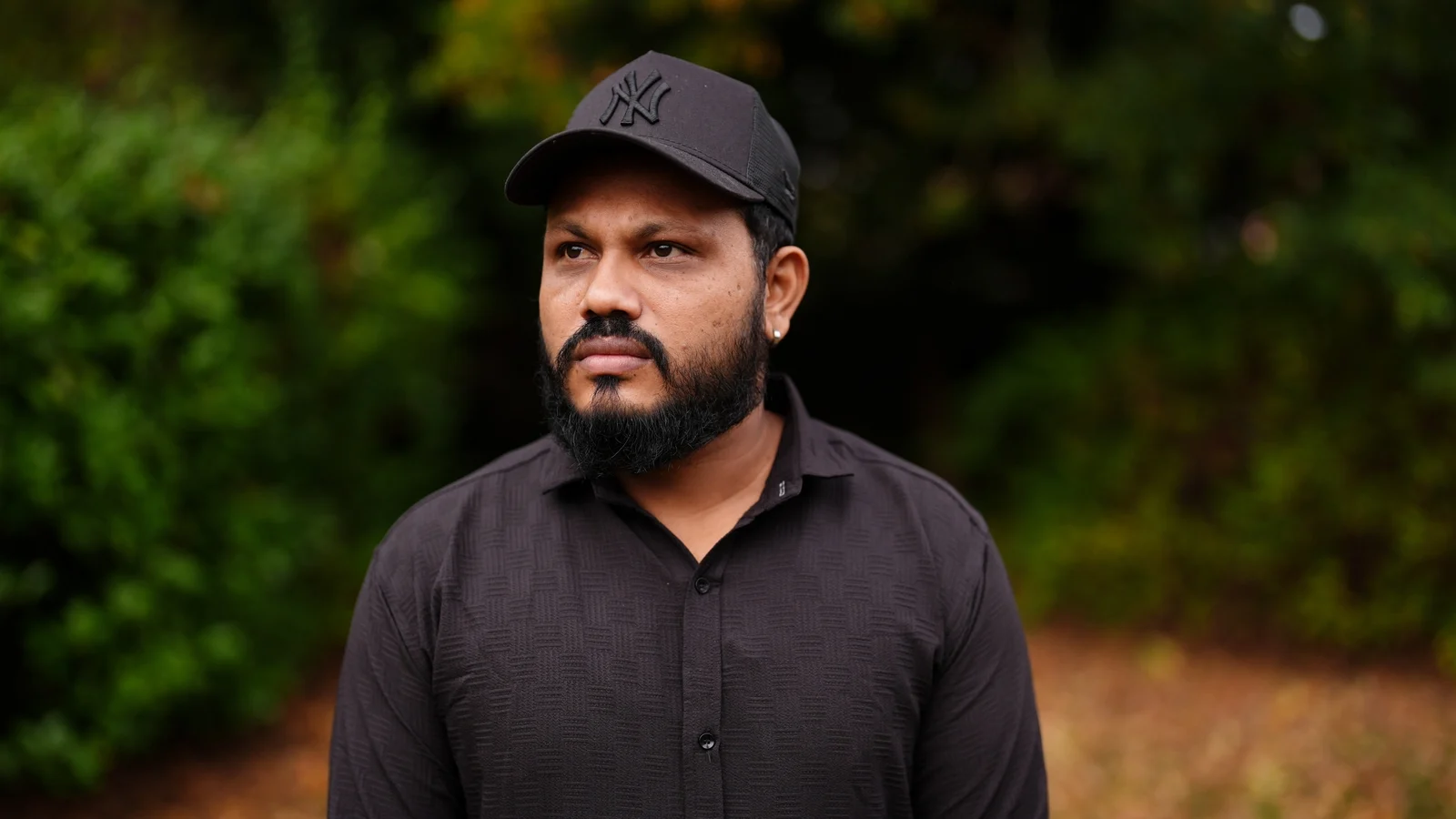
Alive but shattered: the sole survivor of Ahmedabad’s Air India crash speaks of loss, flashbacks and a family unravelled When I met Vishwash Kumar Ramesh, he wore a New York Yankees cap tilted low, the brim shading eyes that had learned how to look and not be looked at. It was an ordinary American baseball cap, except that it had become, in the months since a June morning uprooted everything, a talisman of sorrow — his brother Ajay had worn the same hat on the doomed flight that killed 241 people. For Vishwash, the cap is more than cloth. It is a small, stubborn way to keep his brother close. “God gave me life but took all my happiness,” he told me, voice thin and steady as if he had practised how to say unbearable things out loud. “I survived — that, yes, is a miracle. But my life, our life… my family has been completely brought down.” A city scarred, a family undone The crash of Air India flight AI171 — a Boeing 787 Dreamliner — on 12 June near Ahmedabad Airport has become a wound felt across continents. Of the 241 people on board, only Vishwash survived. The death toll included 169 Indian passengers and 52 British nationals, making this tragedy one of the deadliest ever in terms of British lives lost. Nineteen people on the ground also perished and 67 suffered serious injuries. Date: 12 June Flight: Air India AI171, Boeing 787 Dreamliner On-board fatalities: 241 (169 Indian, 52 British) On-ground fatalities: 19 Serious injuries on ground: 67 Ahmedabad’s skyline — a city famed for its textile history, intricately carved pols and the warm, spiced aroma of street-side snacks — now holds a scar: a medical college where the aircraft came down. Locals still point, not with the curiosity of long-ago tragedies but with the slow, stunned gestures of people who carry knowledge that time cannot easily un-write. “I get flashbacks all the time” Trauma has a grammar of its own. For Vishwash it is sleeplessness — three or four hours a night — and a replay that will not be shut off. “I stay awake, sitting alone in my room,” he said. “I don’t talk much. I just sit on my bed and think.” He has not, his advisers tell me, been able to speak in any depth with close family about the crash. Even among those who have gathered round — an extended web of uncles, cousins and close friends — the grief is so large it changes how people breathe. “My mother, father and younger brother totally broke down,” he said, voice cracking on the last word. “Every day I’m struggling.” Vishwash’s advisers, Sanjiv Patel and Radd Seiger, have been vocal about how the survivor has been treated in the months since. “At times it feels like he’s been reduced to a file,” Patel said. “There’s grief you can measure in condolence letters and there’s grief that needs human hands. We’re not seeing enough of the latter.” Paper promises, human consequences Air India and its parent, the Tata Group, insist that care for survivors and families remains a priority. An interim payment has been transferred to Vishwash, and airline spokespeople say senior leaders have visited families and offered to meet with representatives. “We remain deeply conscious of our responsibility,” a company statement read, noting that compassion and support for all affected was ongoing. Yet the feeling on the ground — in Leicester, where a significant Gujarati diaspora gathers, and in Ahmedabad, where relatives still mark the days that will not be forgotten — is of promises that have run out of elasticity. “We are sitting next to the sole survivor of this major airline crash, and as far as I can make out, he is being treated like a number on a spreadsheet,” Seiger told me. “You get one chance after a disaster to do the right thing. It’s not too late, but time is not infinite.” Questions about why it happened Official investigators in India’s Aircraft Accident Investigation Bureau produced a preliminary report noting that both fuel control switches moved to the “cut-off” position immediately after take-off, stopping fuel supply to the engine. That fact — stark and technical — has prompted urgent and painful questions about whether the crash could have been deliberate. “When mechanical actions occur that lead to catastrophic outcomes, investigators have to consider every angle, including human factors,” said Dr. Kavita Sharma, an aviation safety expert who consults with international regulators. “But technical clues need to be handled slowly and with rigor. People’s lives depend on getting it right.” Small details: a hat, a name, a memory The cap Vishwash wears is small consolation, but it is emblematic of how families try to stitch together continuity when the tapestry has been torn. In Leicester, friends set up an informal support group, sharing meals and sitting with Vishwash when the nights get long. A community prayer was held in a small hall; bowls of khichdi and cups of sweet chai were offered to visitors, gestures that say, in Gujarati, you are not alone. “In our culture we mourn together,” said Meena Desai, a family friend who helped organise support. “We hold hands. When that doesn’t happen properly — when institutions don’t reach — people feel abandoned.” Why should you care? Why should this matter beyond Ahmedabad and Leicester? Because this tragedy sits at the intersection of issues that touch many readers: the global movement of people and the fragile threads that tie diasporas to their homelands; corporate accountability when disasters strike; the mental health fallout that lingers long after headline cycles move on; and the painstaking, sometimes agonising work of figuring out how and why an aircraft — a modern miracle of engineering — came down. And because grief like Vishwash’s does not respect borders. The dead included scores of British nationals; the survivor lives in the UK; the crash occurred in India. In an increasingly interconnected world, disasters ripple outward quickly — in bank transfers delayed or made, in calls unanswered, in meetings postponed and apologies that arrive too late. Investigators will continue their work. Legal claims, compensation negotiations and community support will proceed in fits and starts. But for now, the immediate task is human: to listen better, to sit with survivors and families, and to treat people not as dossiers but as people who need presence, not only papers. “He survived,” Patel said, looking directly at me. “But surviving is not the end of the story. What happens next — how we walk with him through this — will show us who we are.” So I ask you, reader: if a friend or neighbour came to you carrying a grief so vast it had no roof to shelter it, what would you do? Hold them close? Offer coffee? Insist the authorities do better? The answers we give, individually and collectively, will shape the contours of recovery — long after investigations close and headlines fade.
